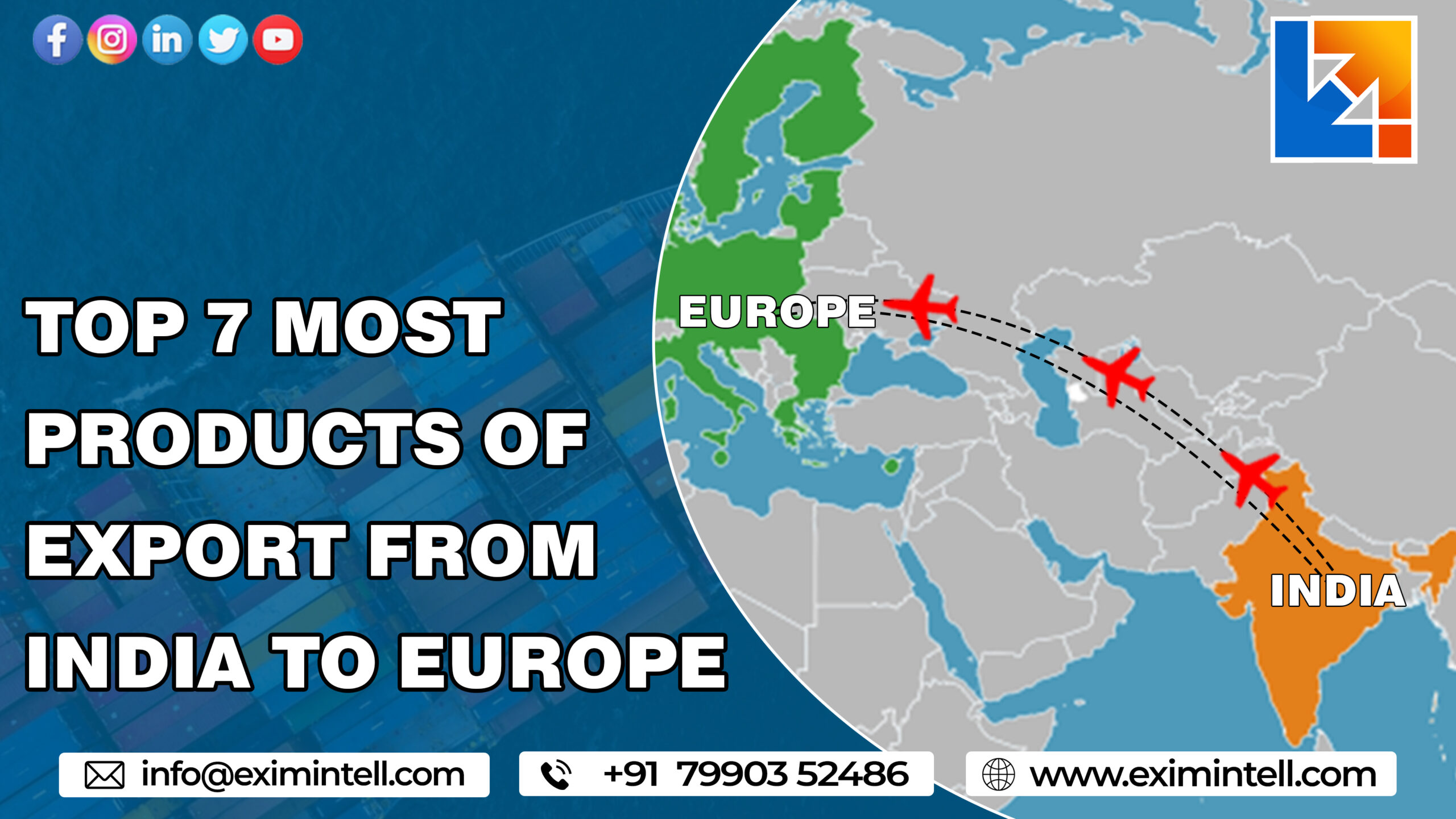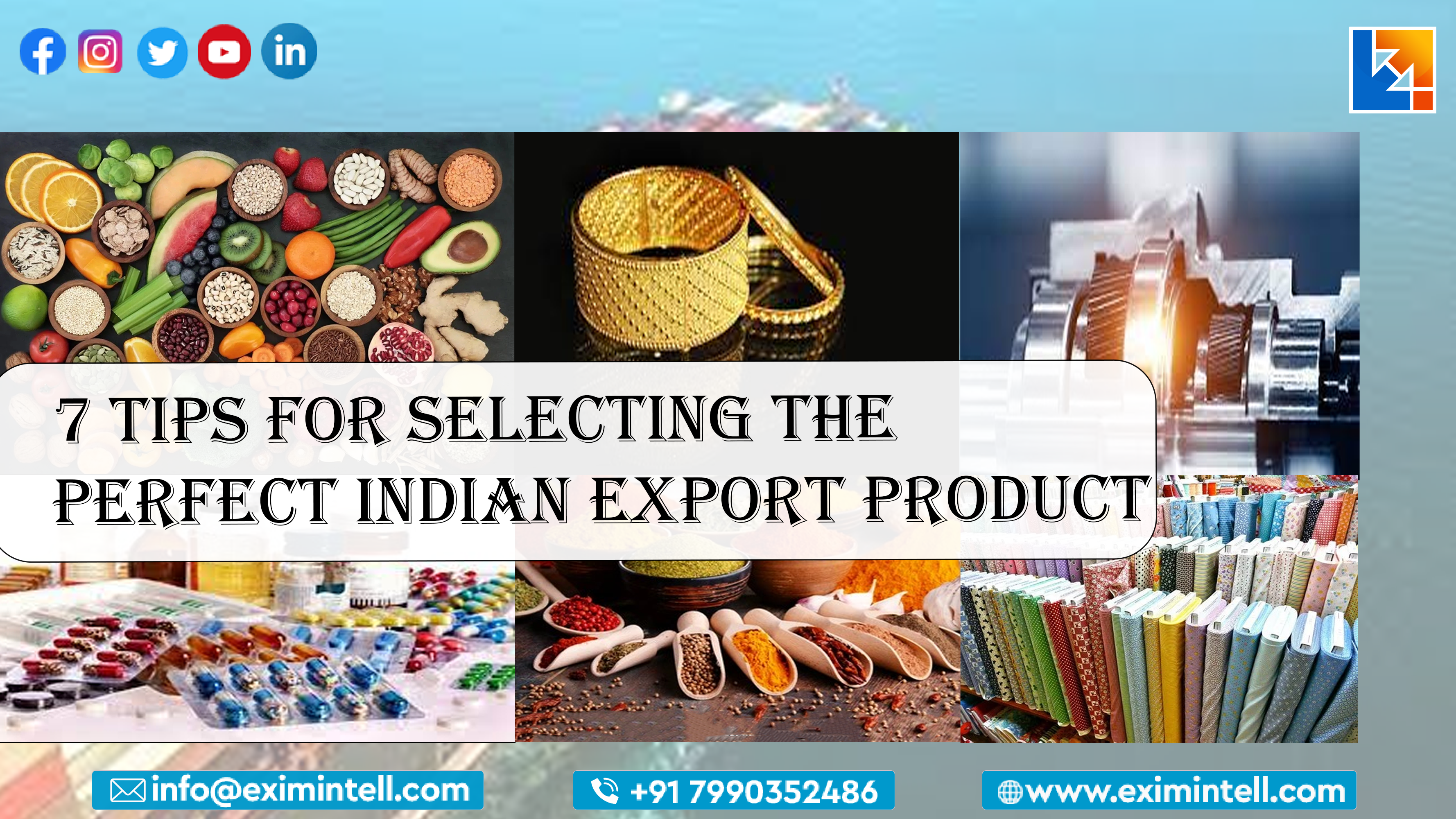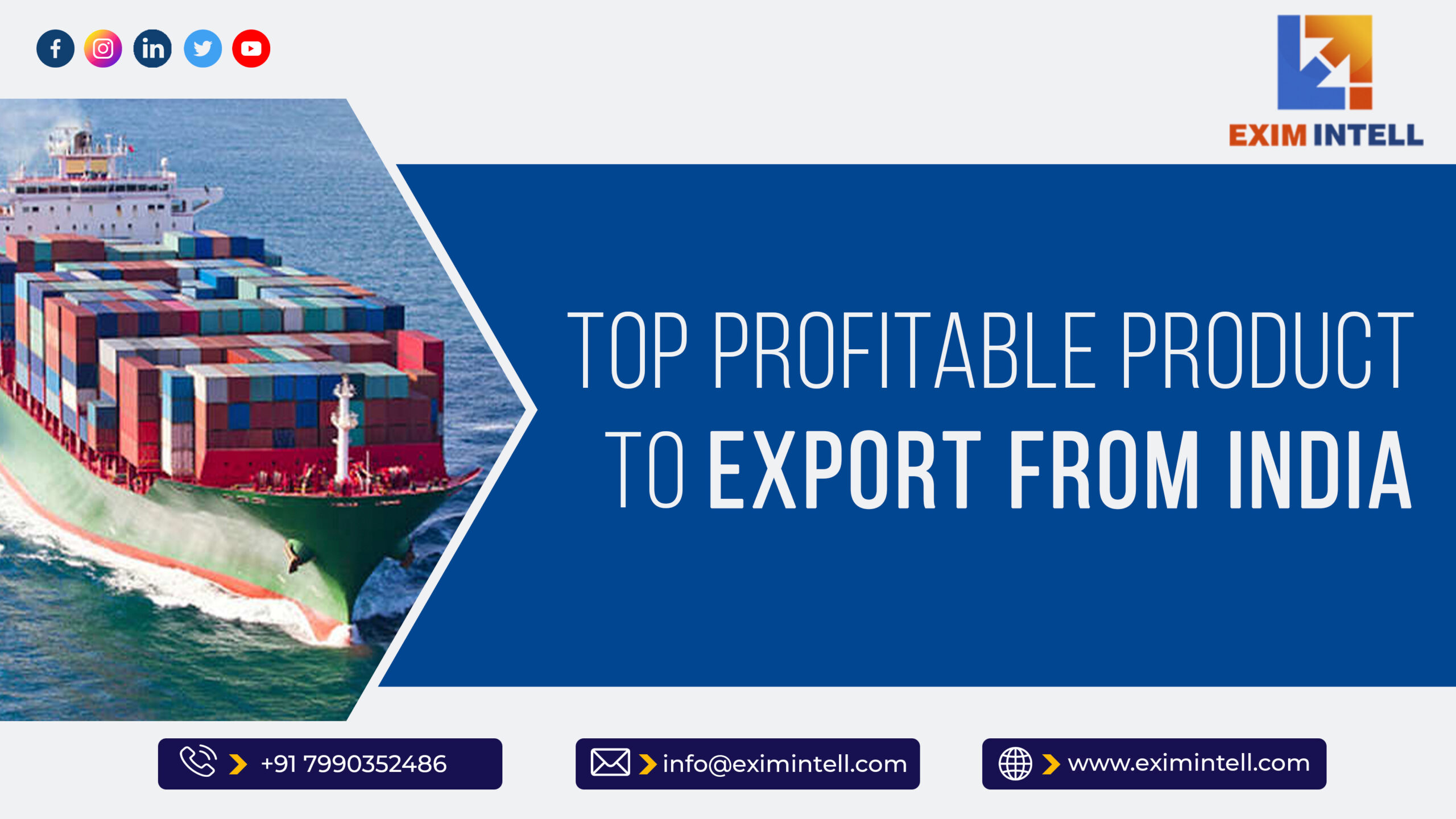Are you curious about the immense possibilities that lie within the trade industry between India and Qatar? Get ready to embark on an exhilarating journey as we delve deep into the untapped potential of product exports from India to Qatar in 2023. With its thriving economy, strategic location, and growing appetite for quality goods, Qatar presents a golden opportunity for Indian businesses seeking to expand their horizons internationally.
Join us as we unveil the secrets behind this lucrative market and discover how you can seize this moment to establish your brand’s presence in one of the fastest-growing economies in the world.
Introduction – Overview of exports from India to Qatar
India has a long and rich history of trade and commerce, dating back to ancient times. The country’s strategic location at the crossroads of Asia and the Indian Ocean has made it a natural hub for trade and cultural exchange. In modern times, India is one of the world’s leading exporters of merchandise and services.
Qatar is a small country located in the Middle East, on the Arabian Peninsula. Qatar has been a member of the World Trade Organization (WTO) since 1995. The country has a population of 2.6 million people and an economy that is heavily dependent on oil and gas exports. Qatar is also home to a large number of migrant workers from countries like India, Nepal, Pakistan, and Bangladesh.
According to data from the WTO, in 2016, India was the 10th largest exporting country in the world with export shipments totaling USD 265 billion. Qatar was ranked 35th with exports totaling USD 49 billion.
When considering only developing countries, India jumps to 6th place while Qatar remains in 35th place. In 2016, merchandise exports from India accounted for about 2% of global exports while Qatar’s share was just 1%.
The top five export destinations for Indian goods are the United States (USD 42 billion), United Arab Emirates (USD 31 billion), Hong Kong (USD 22 billion), China (USD 16 billion), and the Netherlands (USD 15 billion).
Historical Trends in Exports from India to Qatar
India and Qatar have a long and storied history, dating back centuries. In more recent years, the two countries have enjoyed a strong economic partnership, with India exporting a variety of products to Qatar. Below, we take a look at the historical trends in exports from India to Qatar.
Between 2006 and 2010, Indian exports to Qatar increased rapidly, growing from $1.5 billion to $4.6 billion. This period of growth was driven largely by increases in petroleum product exports, which went from $700 million in 2006 to $3.8 billion in 2010.
After 2010, exports From India to Qatar slowed somewhat, reaching a value of $5.2 billion in 2014. Petroleum products continued to be the dominant export category during this period, accounting for around 70% of all Indian exports to Qatar.
Looking ahead, there is potential for further growth in exports From India to Qatar. The Qatari economy is expected to continue expanding in the coming years, driven by continued investment in the country’s energy sector. This presents an opportunity for Indian companies to increase their sales of petroleum products and other goods and services in Qatar.
Current Market Scenario for Exporting Products from India to Qatar
The market for Indian products in Qatar is very promising. Qatar is a rapidly developing country with a growing economy and a high standard of living. It is also home to a large number of international businesses and organizations. As a result, there is a growing demand for Indian products and services in Qatar.
Indian companies have been quick to capitalize on this opportunity, and there are now many successful businesses exporting products from India to Qatar. The most popular product exports from India to Qatar include food items, clothing, textiles, cosmetics, and electrical goods.
Qatar is an important market for Indian exporters, and the growth potential is significant. With the right strategy and partners in place, Indian companies can be very successful in exporting products to Qatar.
Incentives and Benefits for Exporters
Exports from India to Qatar comes with a range of incentives and benefits that encourage Indian exporters to tap into the Qatari market. The bilateral trade relations between the two nations have led to the implementation of favorable trade agreements and policies that promote seamless export processes.
Exporters can take advantage of reduced tariffs or even duty exemptions under these agreements, making their products more competitive in the Qatari market. Additionally, streamlined customs procedures and simplified documentation further expedite the export process, saving time and resources for businesses.
Indian exporters can take advantage of various incentives and benefits when exporting to Qatar. These include:
1) Duty-free imports into Qatar: Indian exports to Qatar are entitled to duty-free treatment under the India-Qatar Free Trade Agreement (FTA). This helps to lower the cost of Indian products in the Qatari market, making them more competitive.
2) Market access opportunities: The FTA provides preferential market access for Indian goods and services in Qatar. This gives Indian businesses a greater chance to penetrate the Qatari market and increase their exports.
3) Economic cooperation between India and Qatar: India and Qatar have strong economic ties, with bilateral trade totaling over US$17 billion in 2016-17. This creates a favorable environment for Indian exports to Qatar, as there is already a strong demand for Indian products in the country.
Global Business Opportunities from Indian Product Exports to Qatar
India is blessed with a diverse range of natural resources, which has given rise to a wide variety of product exports. Qatar is a small but wealthy country located in the Middle East, with a population of 2.6 million people. It has a strong economy, driven by the oil and gas industry, and is supported by substantial foreign reserves. Qatar is also home to several large businesses and multinational corporations.
There is significant potential for product exports From India to Qatar. Qatar offers opportunities for growth in many sectors, including energy, construction, healthcare, hospitality and tourism, education, retail, information technology, and telecommunications. India has a comparative advantage in many of these areas due to its vast pool of skilled workers and low-cost base.
In recent years, Qatar has been investing heavily in infrastructure development in preparation for the 2022 FIFA World Cup. This provides a unique opportunity for Indian companies to supply products and services to support this major event.
There is also growing demand from Qatari businesses for Indian products and services as they look to diversify their supplier base beyond traditional markets such as Europe and the United States.
Qatar presents an attractive market for Indian product exports due to its high-income levels, young population, and limited domestic manufacturing capacity. There are strong prospects for growth in many sectors where India has a competitive advantage. By exporting products to Qatar, Indian companies can access new markets and generate significant revenue growth.
Potential Export Products From India to Qatar 2023
Exports from India to Qatar has been a key facet of their bilateral economic relations, fostering trade and strengthening ties between the two nations. In 2023, several potential export products have emerged as lucrative opportunities for Indian businesses to tap into the Qatari market.
The information technology sector presents another promising avenue for exports from India to Qatar. Qatar’s focus on digitization and its growing IT infrastructure offer Indian IT services and software companies a chance to expand their horizons. Services like software development, IT consulting, and e-commerce solutions are in high demand.
As Qatar strives to become a knowledge-based economy, Indian companies have an opportunity to share their expertise and technological prowess, fostering mutual growth. In 2023, the export landscape from India to Qatar is vibrant and varied, encompassing petroleum products, agricultural goods, and IT services, all of which hold substantial potential for a mutually beneficial trade relationship.
There are many potential exports from India to Qatar in 2023. Here are a few examples:
1. Refined petroleum products: Qatar is the world’s largest exporter of refined petroleum products, and India is a major importer. In 2023, India is expected to increase its imports of refined petroleum products from Qatar, as its economy continues to grow.
2. Aluminium: Qatar produces large quantities of aluminum, and India is a major market for this metal. In 2023, India is likely to increase its imports of aluminum from Qatar.
3. Steel: Qatar has become a major producer of steel, and India is one of the world’s largest consumers of this metal. In 2023, India is expected to import more steel from Qatar.
4. Fertilizers: Qatar is a major producer of fertilizers, and India is one of the world’s largest markets for these products. In 2023, India is likely to import more fertilizers from Qatar.
5. Chemicals: Qatar produces a wide variety of chemicals, and India is one of the world’s largest markets for these products. In 2023, India is expected to import more chemicals from Qatar.
Challenges in Increasing Export Trade between India and Qatar
The current trade relations between India and Qatar are not as strong as they could be. Many challenges need to be addressed to increase export trade between the two countries.
One of the main challenges is the high tariffs that Qatar imposes on imported goods. These tariffs make it difficult for Indian companies to compete in the Qatar market. Another challenge is the lack of awareness of Indian products in Qatar. This makes it difficult for Indian companies to promote their products in Qatar.
There are also logistical challenges in exporting to Qatar. The distance between the two countries makes it difficult to transport goods quickly and efficiently. Additionally, there are few direct flights between the two countries, which makes travel difficult and expensive.
Despite these challenges, there is potential for increased export trade between India and Qatar. The two countries have a long history of trade and cultural exchange. Additionally, India has a large population of expatriates living in Qatar, which creates a demand for Indian products.
Conclusion
As we reflect on the journey of product exports from India to Qatar in 2023, Exim Intell’s role becomes a beacon of success, a testament to the power of collaboration, and a testament to the potential of well-executed export-import consultancy services. In this era of globalization, such partnerships will continue to be the cornerstone of thriving international trade, and Exim Intell stands at the forefront, empowering businesses to transcend boundaries and achieve new heights of success.
















